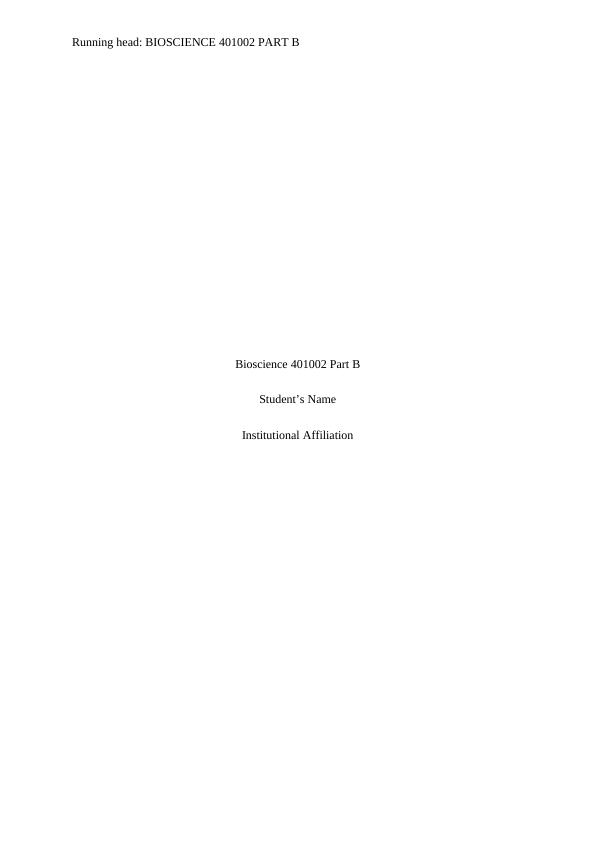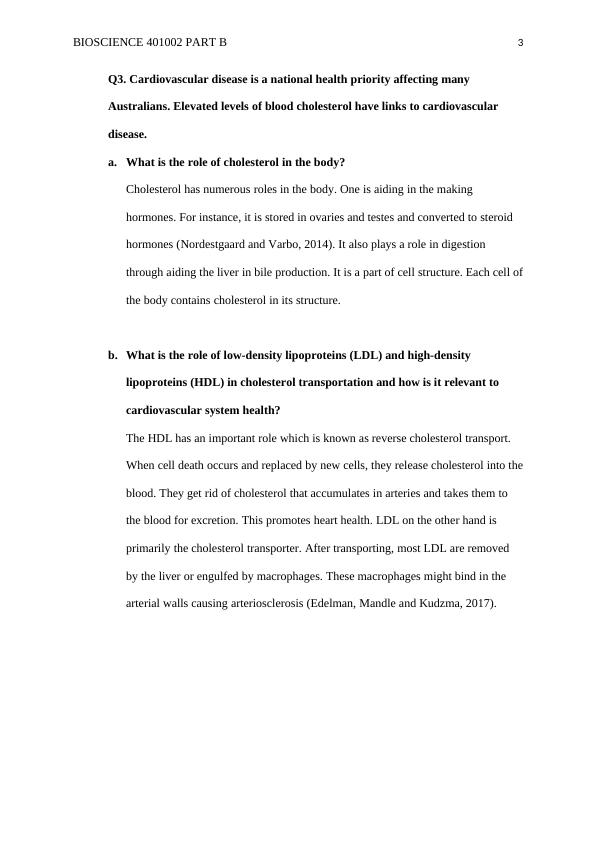Ask a question from expert
401002 Bioscience - Assignment
6 Pages1009 Words165 Views
Added on 2021-06-14
401002 Bioscience - Assignment
Added on 2021-06-14
BookmarkShareRelated Documents
End of preview
Want to access all the pages? Upload your documents or become a member.
Human Anatomy & Physiology - PDF
|7
|1367
|57
Assessment 2: BiosCIENCE 4 Running Head: BIOSCIENCE 4 Running Head: BIOSCIENCE 4 Running Head: BIOSCIENCE 4 Running Head: BIOSCIENCE 4 Running Head: BIOSCIENCE 4 Running Head: BIOSCIENCE 4 Running Hea
|7
|1267
|409
Assignment on Homeostasis (doc)
|10
|2034
|163
Homeostatic Feedback System in Biosciences
|5
|644
|91
Homeostasis and Body Reactions
|21
|3582
|378


